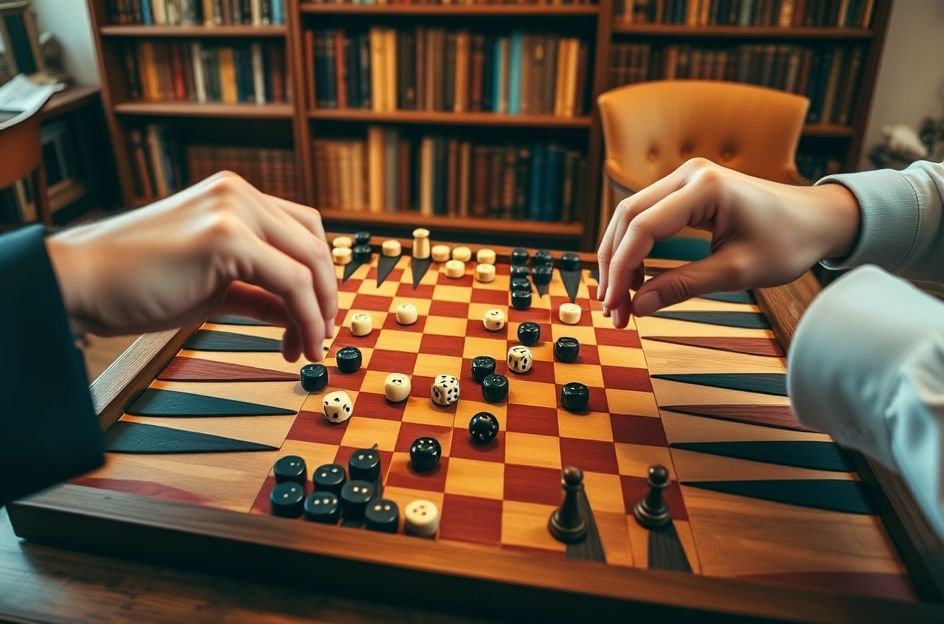Backgammon, one of the oldest known board games, boasts a history stretching back to ancient civilizations in Egypt, Mesopotamia, and Rome. Over centuries, it has evolved, acquiring different names and spreading across the globe. Today, backgammon remains a popular pastime in the US, East Asia, Europe, and the Middle East.
To begin a game of backgammon, you’ll need a partner, two dice, and a specialized board with checkers. The board features two mirrored sides, each containing 12 triangles known as points, numbered 1 through 24. Points 1-6 constitute the Home Board (or Inner Board), while points 7-12 form the Outer Board. Key points include the 7-point (Bar Point) and the 13-point (Mid Point).
The initial setup involves each player positioning their checkers: two on the 24-point, three on the 8-point, and five each on the 13-point and 6-point. The objective is to move your checkers from your home board, through the outer board, towards your opponent’s home board.
The ultimate goal in backgammon is to move all your checkers to your own home board and then remove them from the board, a process called bearing off, before your opponent manages to do the same. The dice rolls dictate the pace of movement.
The game commences with each player rolling a single die. The player with the higher roll makes the first move, utilizing the numbers from both their die and their opponent’s. In the event of a tie, the players roll again until an unequal result occurs. Subsequently, each player rolls both dice on their turn.
Following each dice roll, you must move your checkers forward the number of spaces indicated on the dice. You can move one checker the total number of spaces or distribute the movement between two checkers. For instance, a roll of 5 and 4 allows you to move one checker nine spaces or move one checker five spaces and another four spaces.
If you roll doubles (identical numbers on both dice), you can move double the number shown on the dice. For example, a roll of double 2 allows you to move a total of eight spaces, distributed as you see fit across one to four checkers.
You can move a checker to a point occupied by your own checkers or to a point with only one opponent’s checker, known as a blot. Landing on a blot sends it to the bar, the dividing section in the middle of the board between the home and outer boards.
Checkers on the bar are temporarily out of play until they can re-enter the game by rolling the number corresponding to an open point in the opponent’s home board. You cannot move any other checkers until all checkers on the bar have been re-entered. For example, if you roll a 2, you can move a checker from the bar to the 23rd point, effectively entering the opponent’s home board.
Once all your checkers are in your home board, you begin bearing off by removing them from the board based on your dice rolls. A roll of 1 allows you to bear off a checker from the 1-point, a roll of 2 from the 2-point, and so on.
Winning Conditions: If you bear off all 15 checkers before your opponent bears off any, you win a gammon. If, in addition to bearing off all your checkers before your opponent bears off any, your opponent still has checkers on the bar or in your home board, you win a backgammon, which is worth even more points.
